Vafler. Norwegian waffles. Endless are the recipes, endless are the occasions to bring out the waffle iron, endless are the memories, and endless are the toppings. Bringing new meaning to the phrase ‘home is where the heart is’, for literally, these heart-shaped, delightful treats are the iconic essence of the Norwegian home. In the 1200s, waffles were considered a love meal in churches in Paris during Easter celebrations, and are also believed to have their roots traced back to monasteries in the Middle Ages. Unleavened bread was made for use during the Eucharist, but they were so delicious that they decided to create something from them called apostle cakes to be used during the holidays. These cakes are quite possibly the precursor to the Seamen’s Church waffles, which today, shaped in hearts, are often symbolic of being both an ailment for the homesick and a heartwarming welcome for Norwegians and friends around the world.*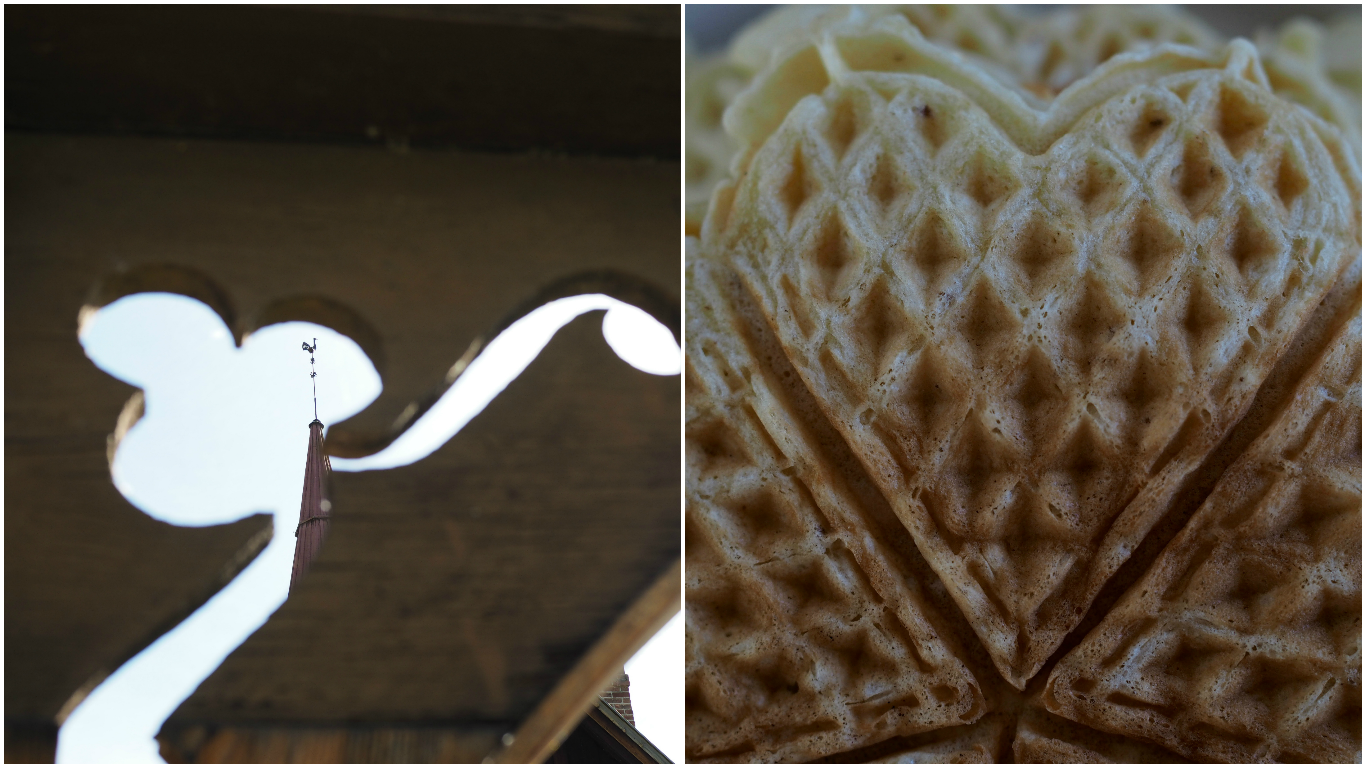 Is it any wonder that the vafler we know today has its connection with something so sweet – something as sweet as honey. Indeed, the pattern of the iron plates is modelled after beeswax cakes from the hive. Vafler derives from the German word, wafel, meaning honeycomb. And this pattern originates from the 1220-1300s. During the 1600-1700s, the waffle iron could be found having a long handle, with a rectangular or heart-shaped iron plate, which could be used over a hearth. It wasn’t until much later that the cast iron became circular with the 5 hearts we are familiar with today. (Source: Vaffeldama)
Is it any wonder that the vafler we know today has its connection with something so sweet – something as sweet as honey. Indeed, the pattern of the iron plates is modelled after beeswax cakes from the hive. Vafler derives from the German word, wafel, meaning honeycomb. And this pattern originates from the 1220-1300s. During the 1600-1700s, the waffle iron could be found having a long handle, with a rectangular or heart-shaped iron plate, which could be used over a hearth. It wasn’t until much later that the cast iron became circular with the 5 hearts we are familiar with today. (Source: Vaffeldama)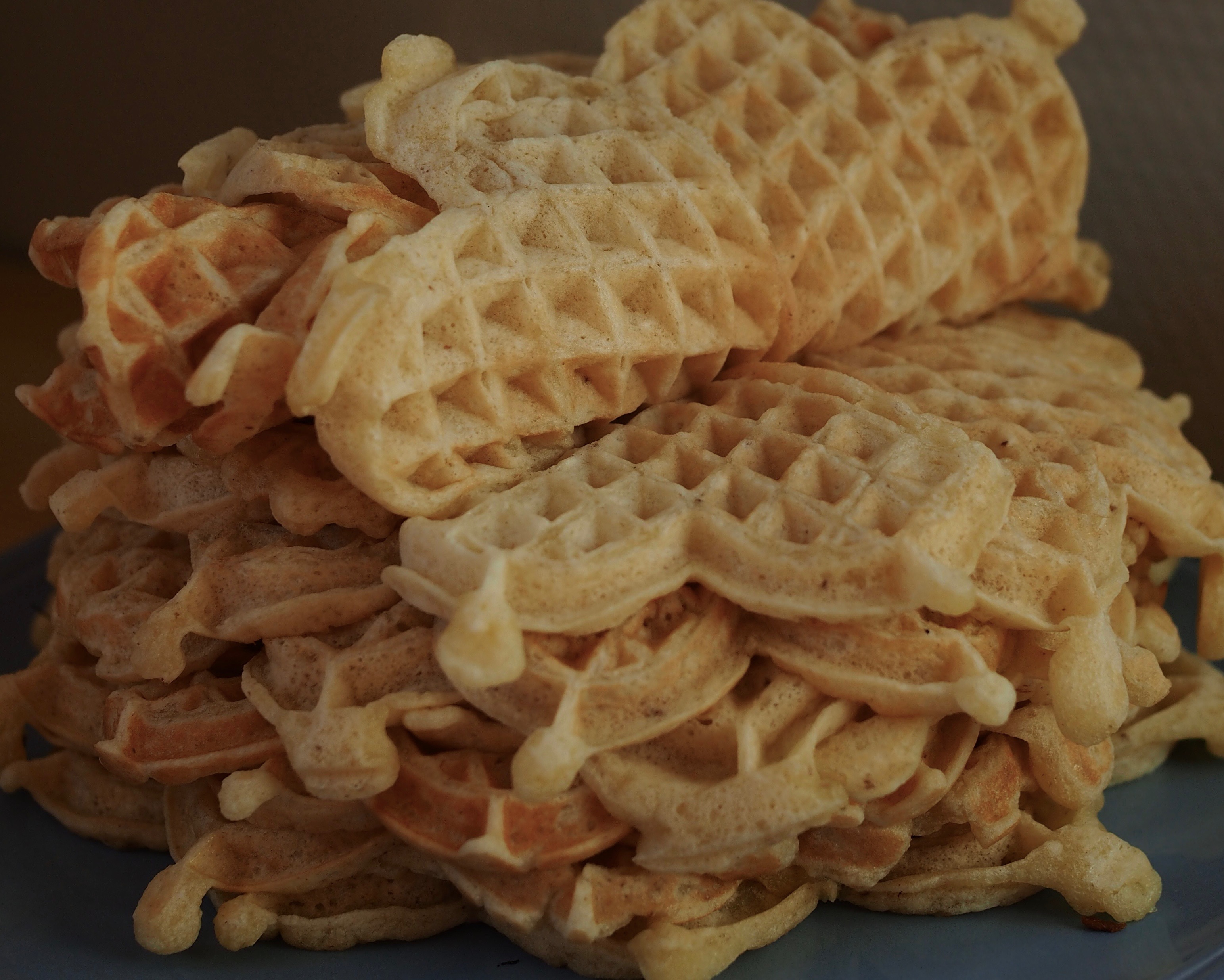 There are many wonderful vafler recipes out there, and being somewhat of a newbie to the art of the nordic staple, I asked around for a solid recipe that I could springboard from. Without hesitation, my friend was quick to recommend a tried and true vafler recipe. Her family’s favorite. The one that superseded all the others. Of course, it had to be one of the world’s best. From the master’s collection. The Seamen’s Church (Sjømannskirken).
There are many wonderful vafler recipes out there, and being somewhat of a newbie to the art of the nordic staple, I asked around for a solid recipe that I could springboard from. Without hesitation, my friend was quick to recommend a tried and true vafler recipe. Her family’s favorite. The one that superseded all the others. Of course, it had to be one of the world’s best. From the master’s collection. The Seamen’s Church (Sjømannskirken).
And so I confidently set forth mixing and folding. And while it is safe to say that the original recipe needs no adaptation, I did take to a bit of creative licensing and added my own little touch. I swapped the cardamom for another flavor that reminds me of Norway. Anise. It’s delicately taste is somewhat similar to licorice, but softer and sweeter. It compliments the texture of the vafler and adds a bit of freshness with each bite. A dollop of fresh whipped cream or homemade strawberry jam will take you to places yet imagined.
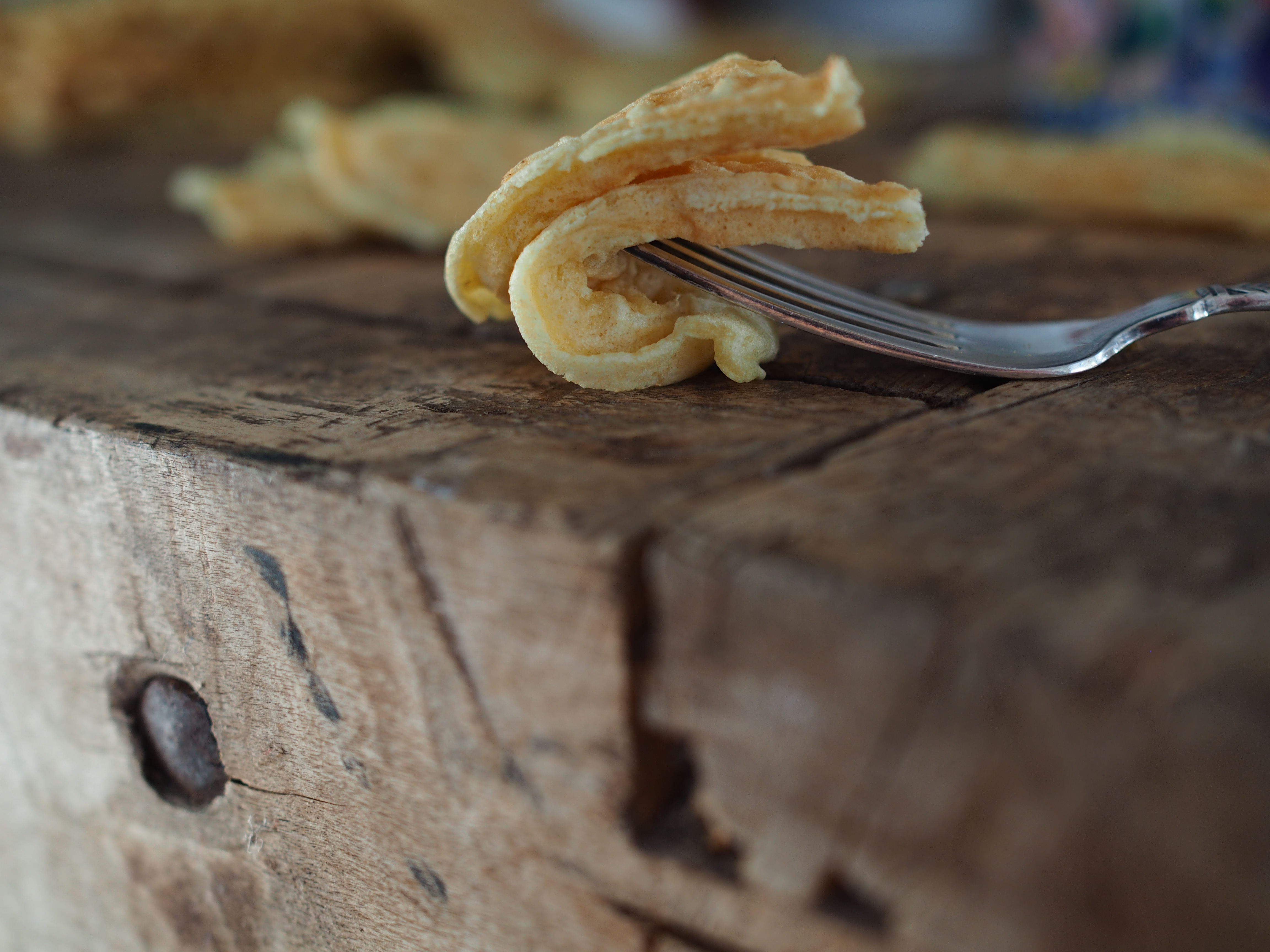

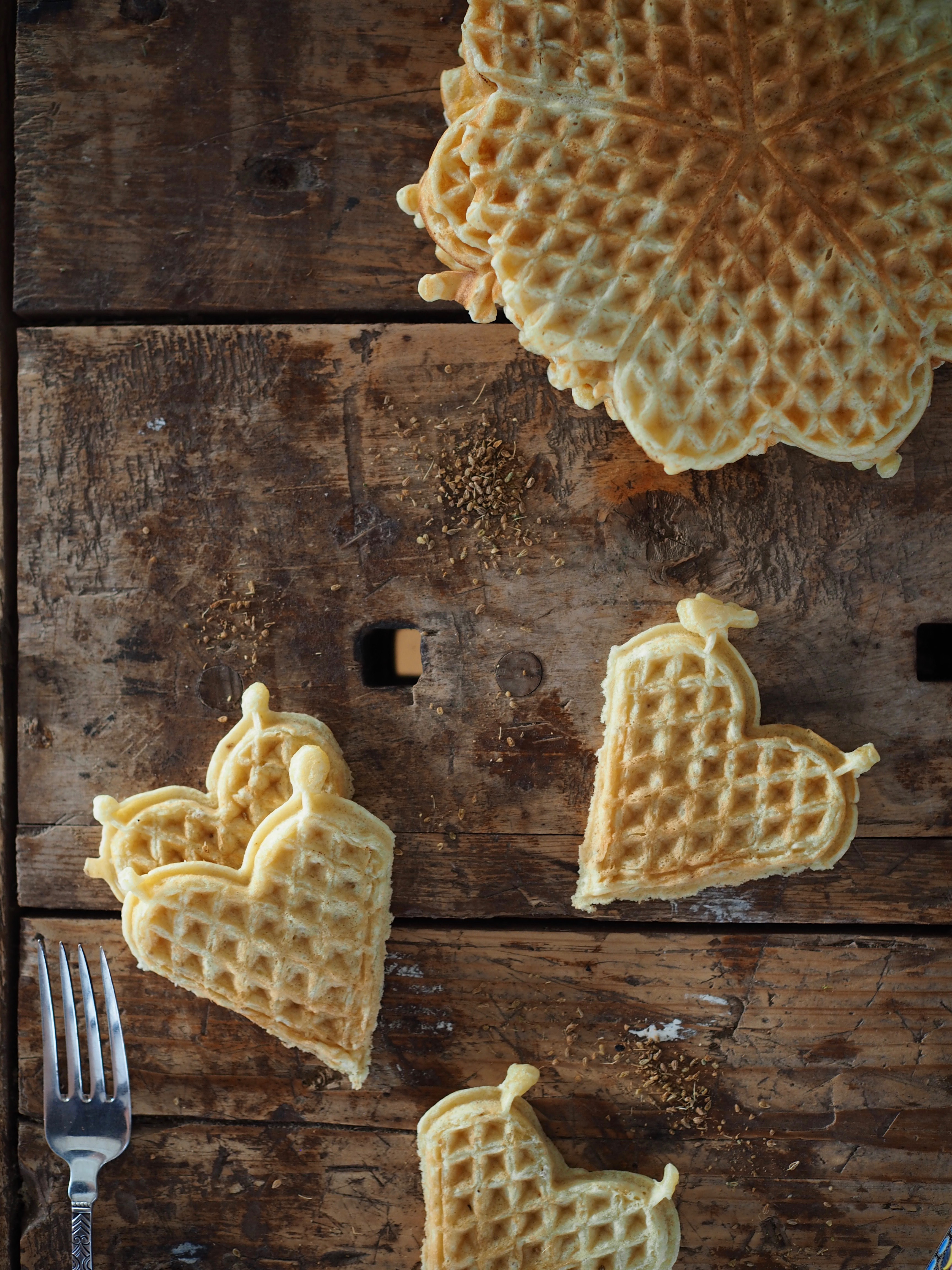
Aniseed Wafles (Vafler med Anis)
(adapted from Sjømannskirken Verdens Beste Vafler – Copenhagen)
Ingredients:
- 2 eggs
- 1 dl ( ½ cup) sugar
- 2 dl buttermilk (skummet kulturmelk)
- 1 ½ dl milk
- 1 dl water
- 350 g flour
- 1 tsp baking powder (baking pulver)
- 1 tsp vanilla extract (vaniljesuker)
- ½ tsp baking soda (natron)
- 2 ½ tsp aniseed, crushed finely
- 125 g melted butter
Whisk the eggs and sugar together until fluffy. Add 1 ½ dl of the buttermilk, saving the rest for later use.
In a small bowl, blend the water, milk and melted butter together. Add this to the egg mixture and mix.
In another bowl, mix the flour, baking powder, and aniseed together. Add this to egg mixture and gently blend.
Take the baking soda and mix it into the rest of the ½ dl of buttermilk . Let it fizz up before adding it to the rest of the batter. Do not over mix the batter, as this can cause the waffles to be a bit tough.
Bake in a waffle iron. Serve with fresh whipped cream or a berry jam.
* Source
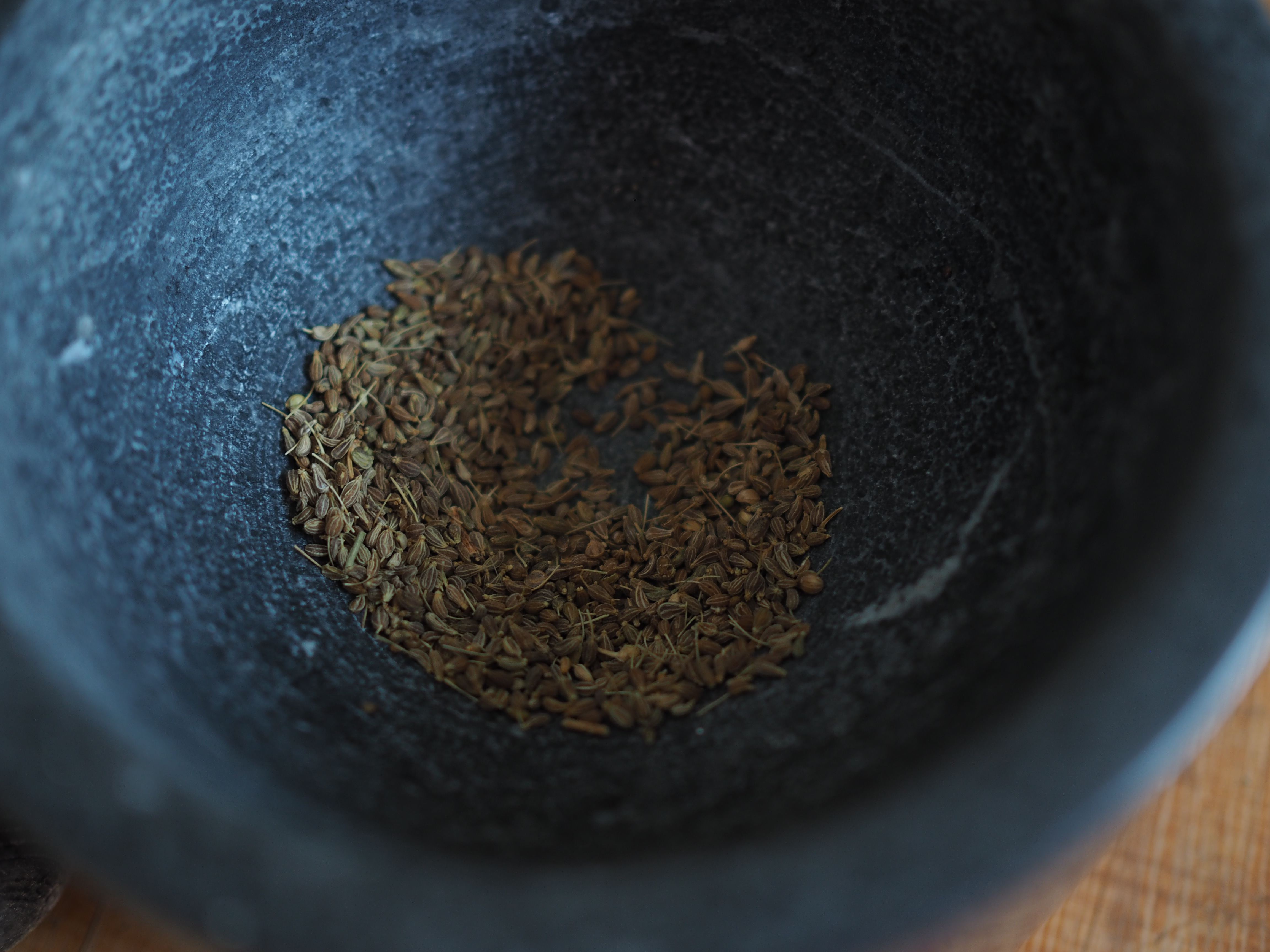
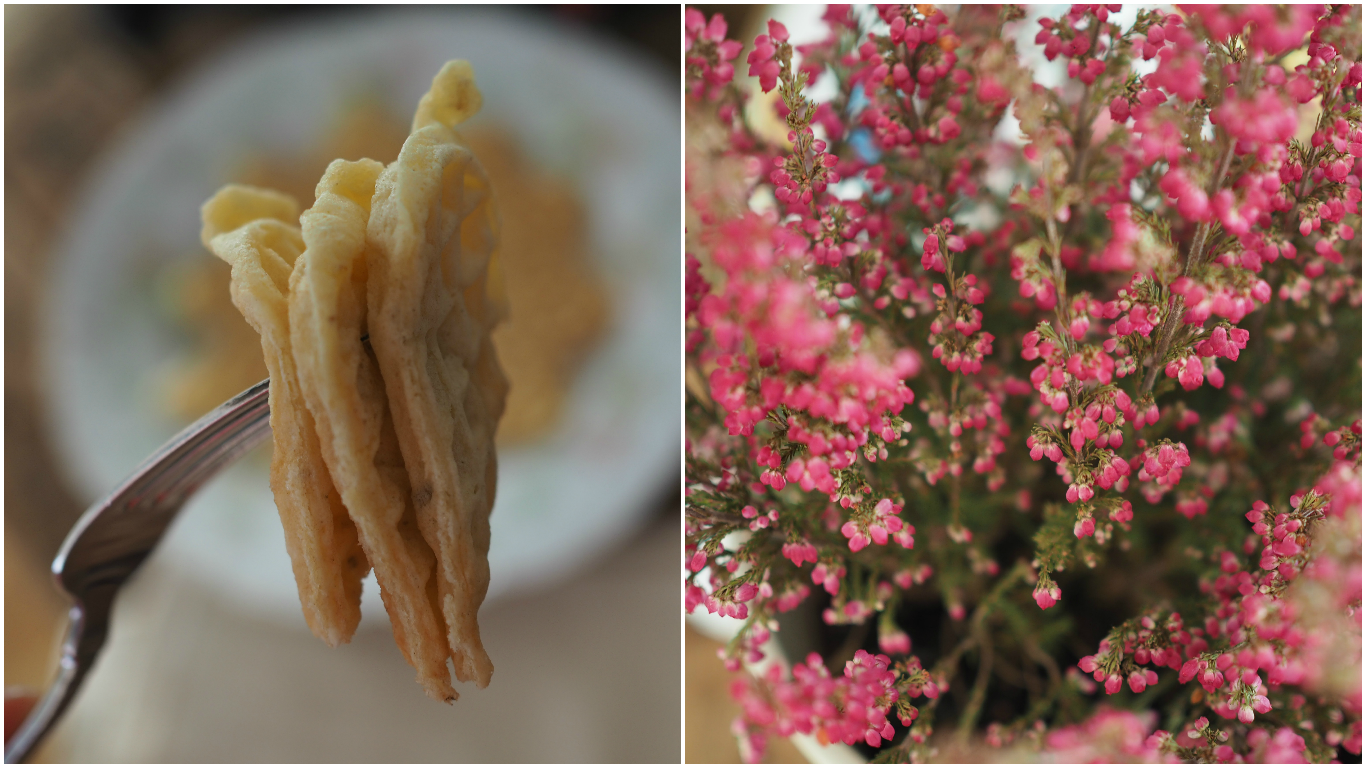
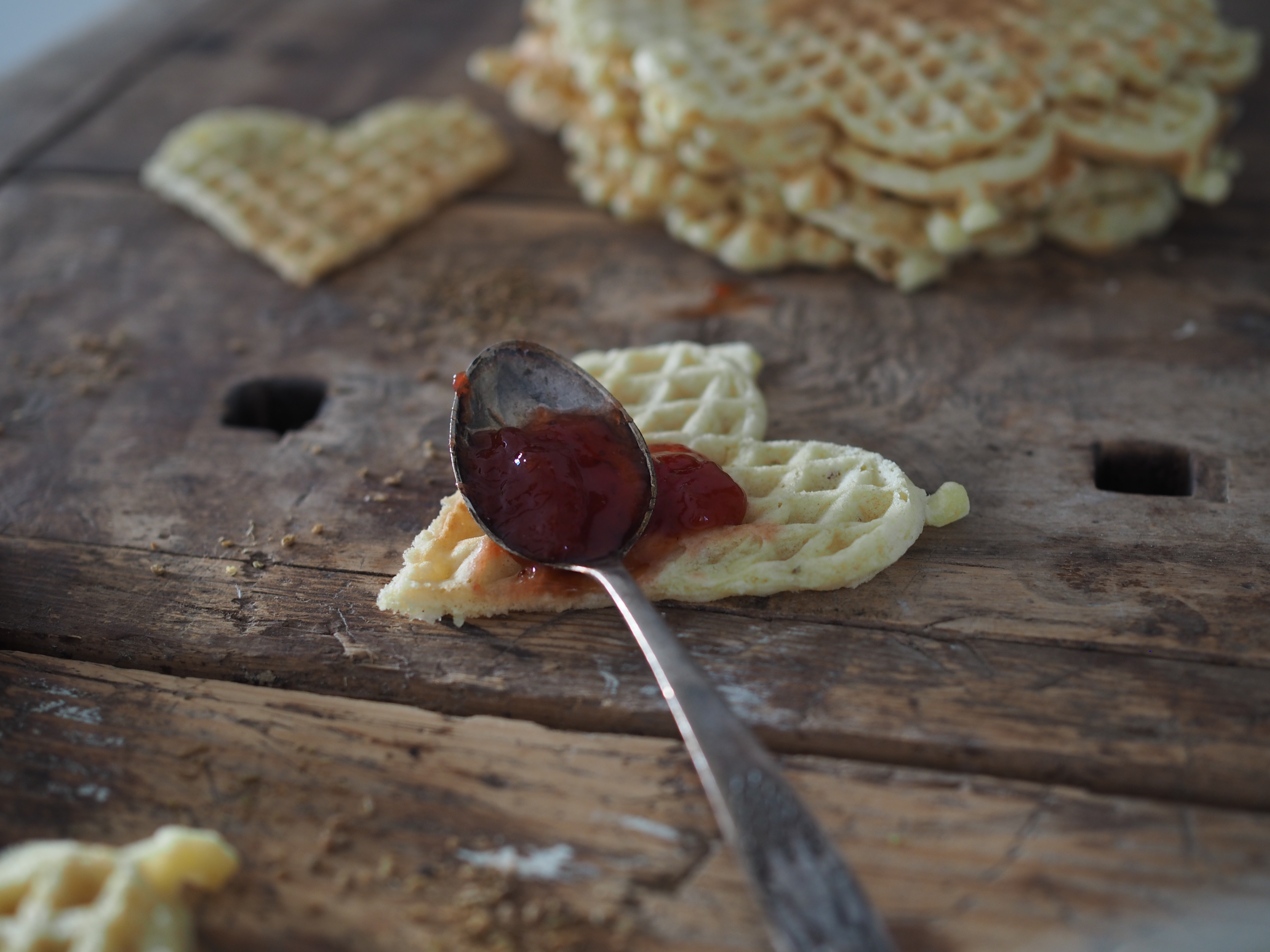

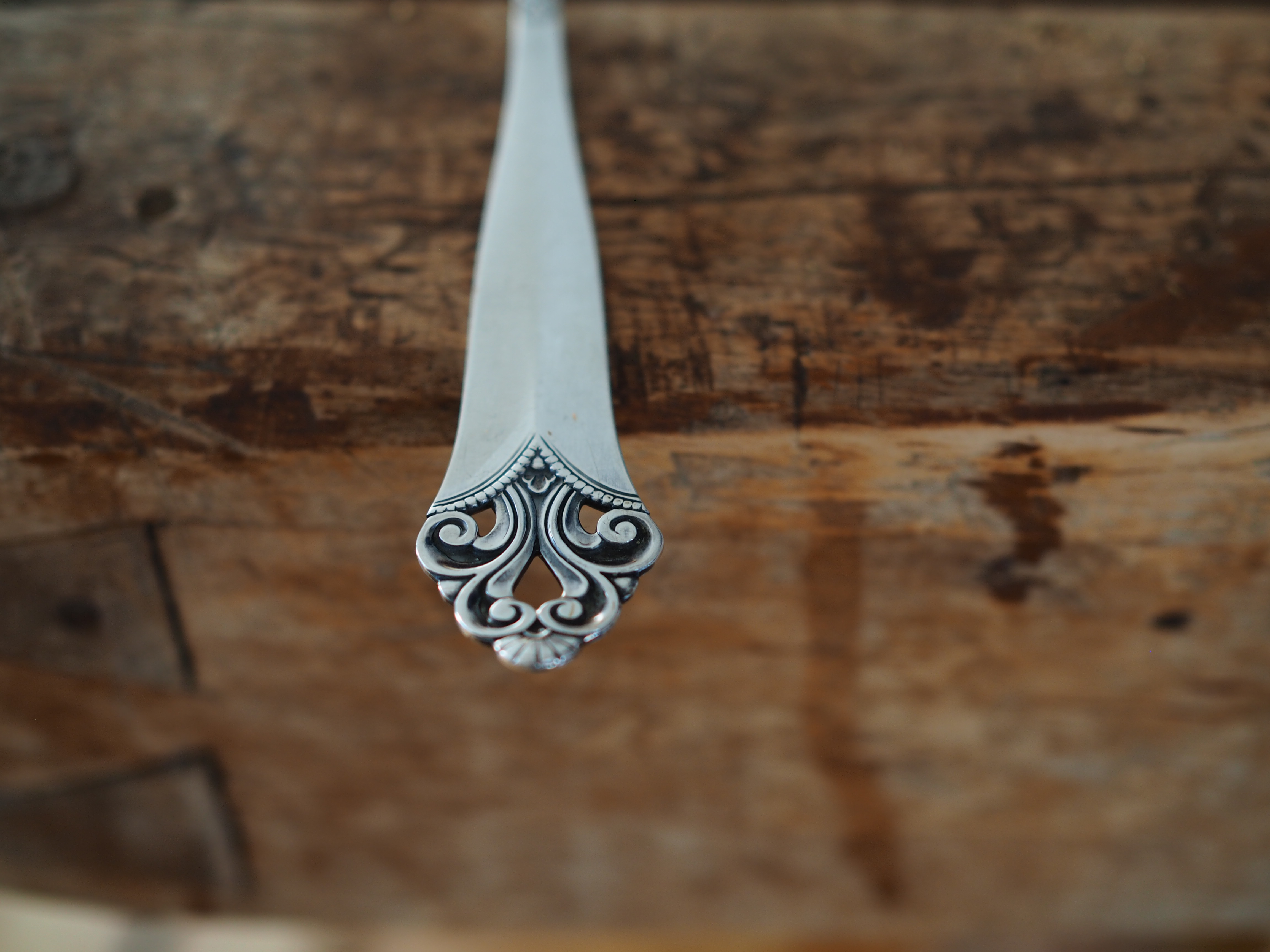
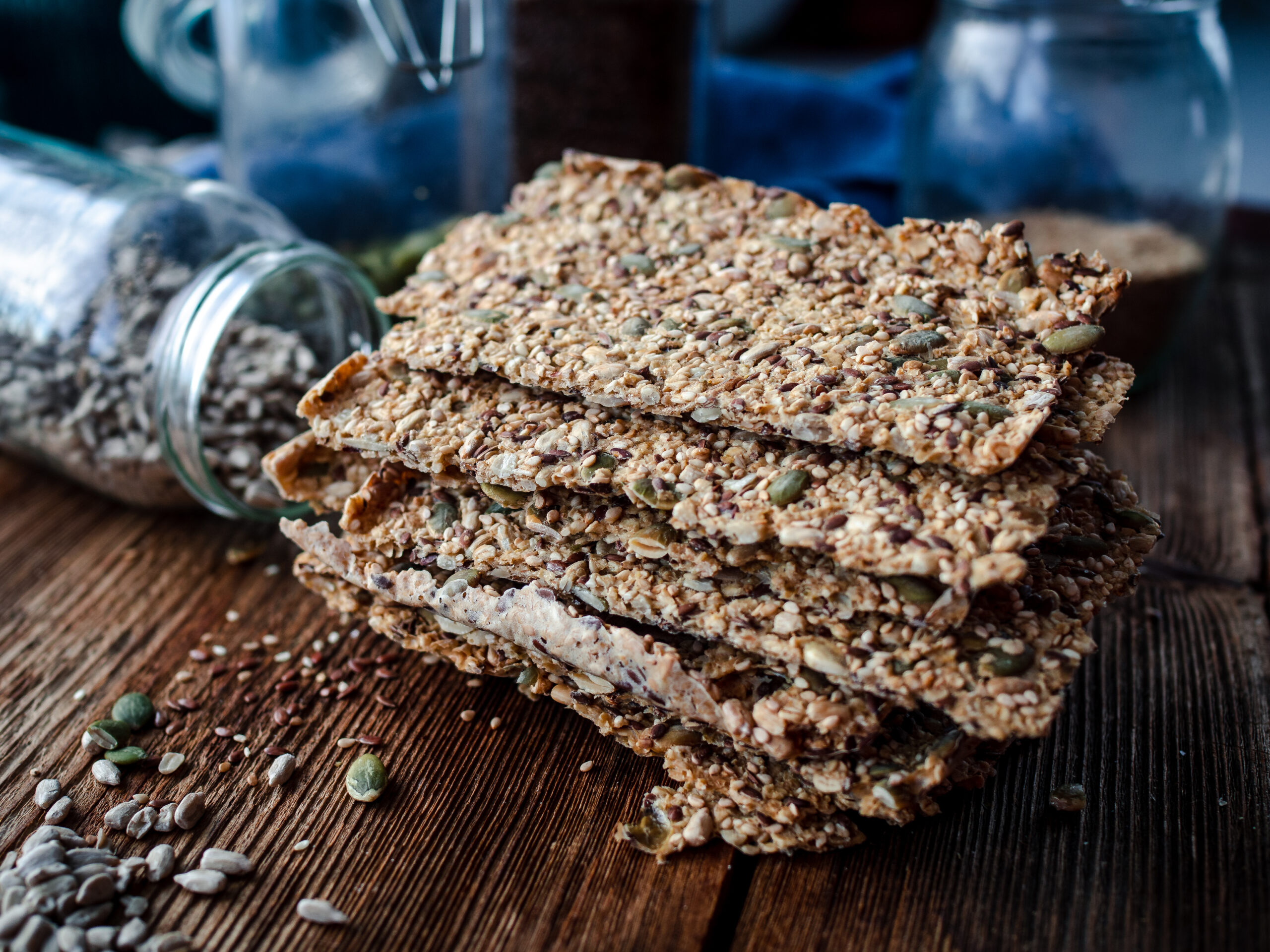
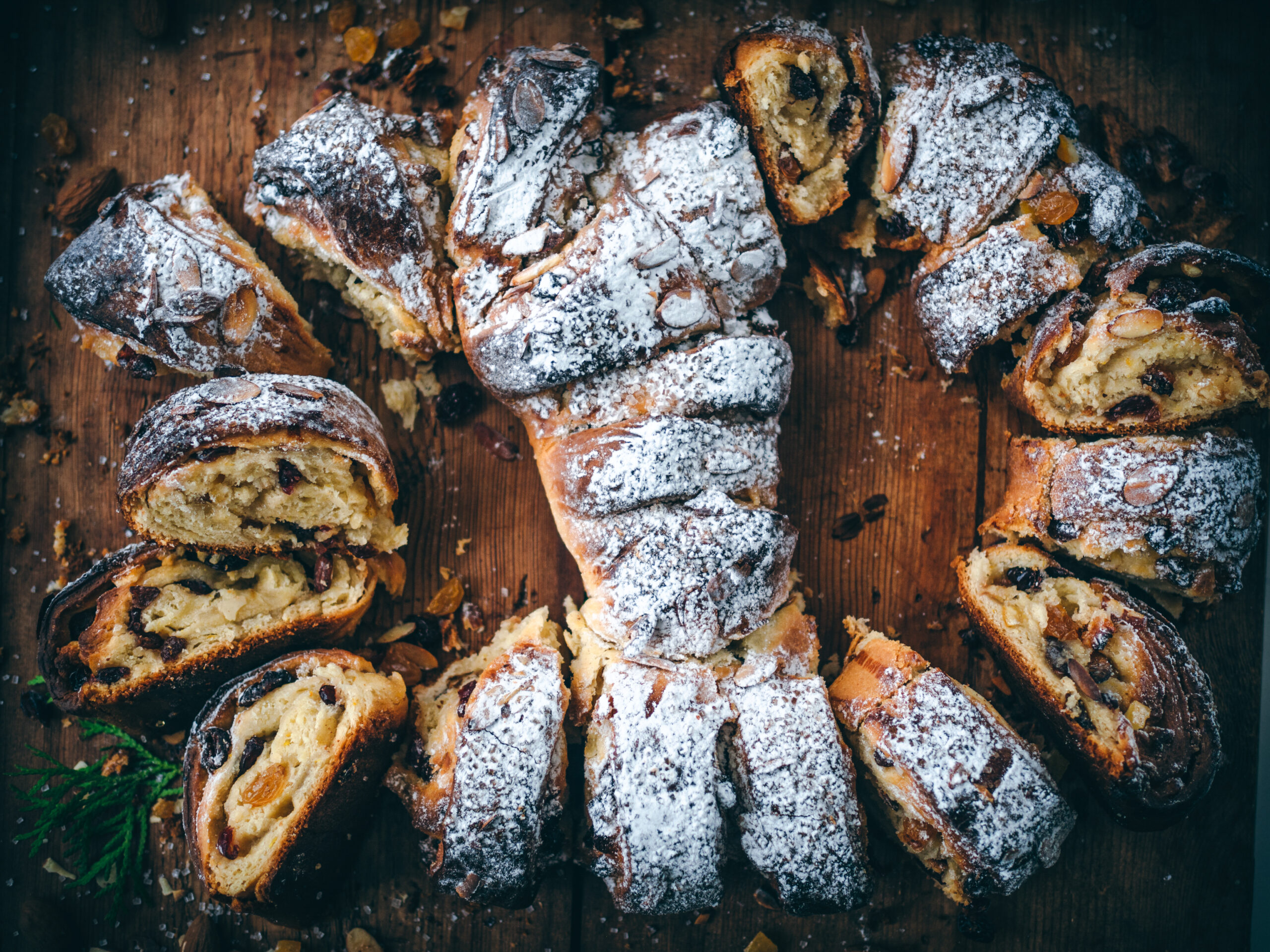
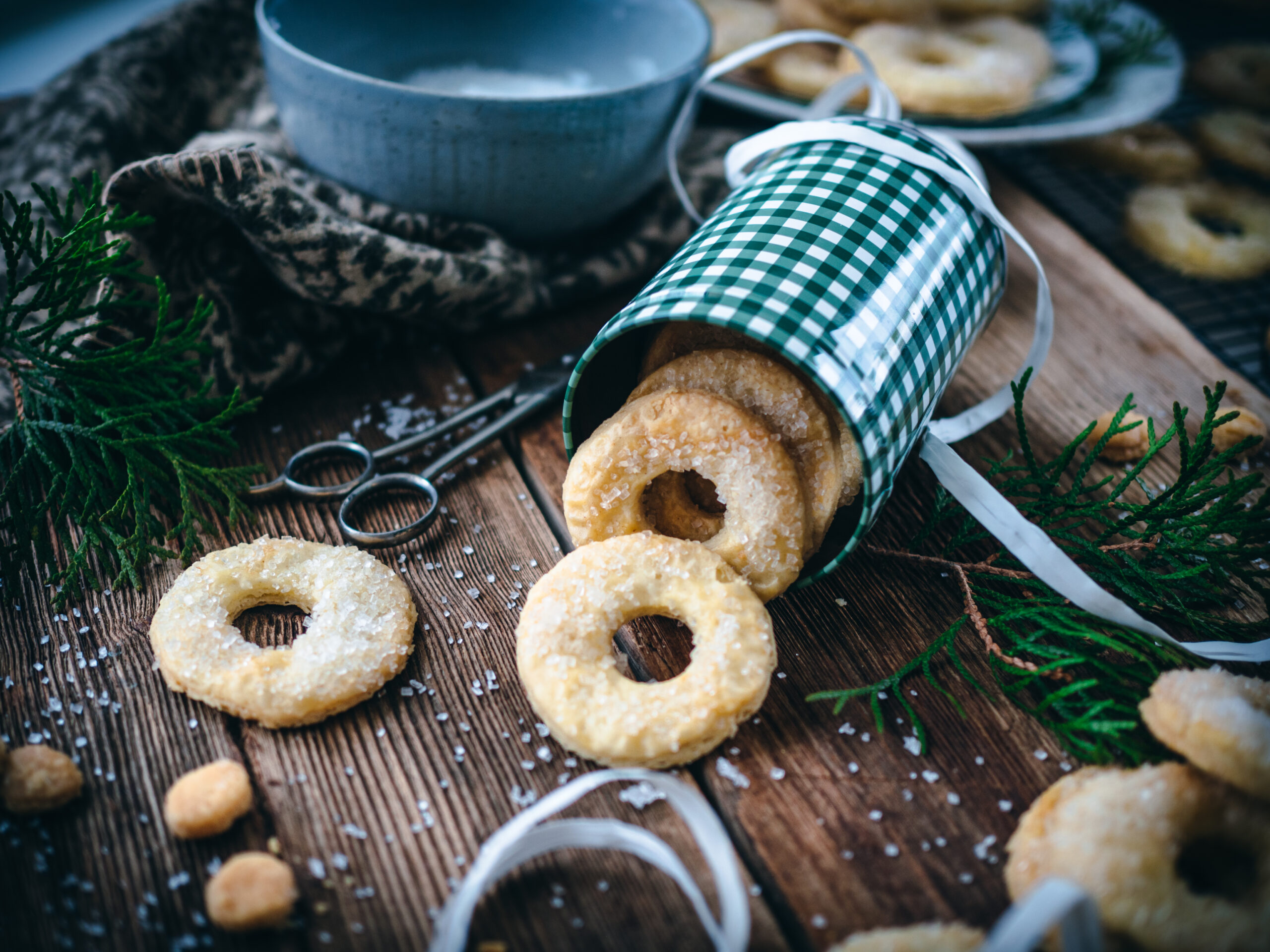
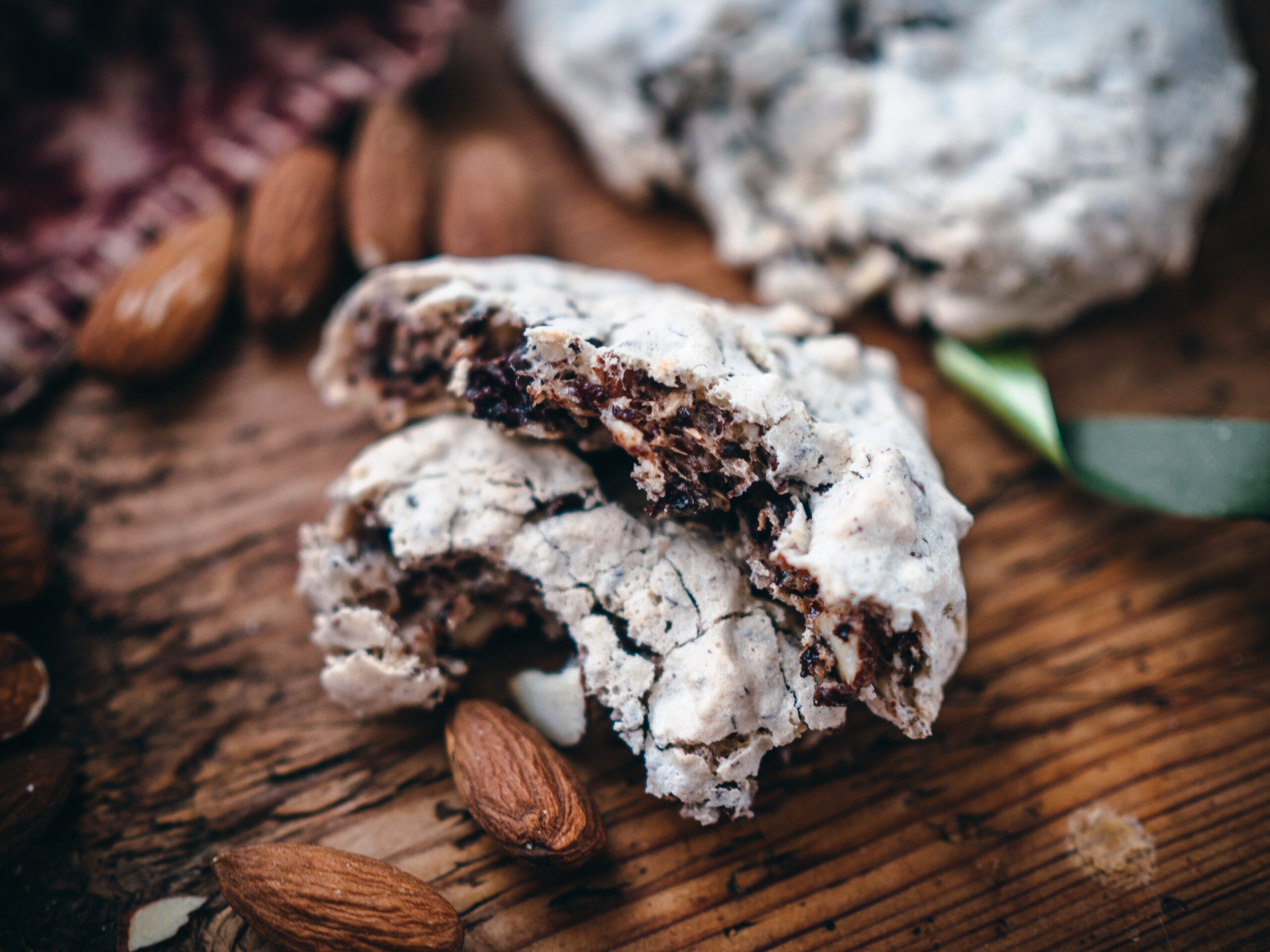

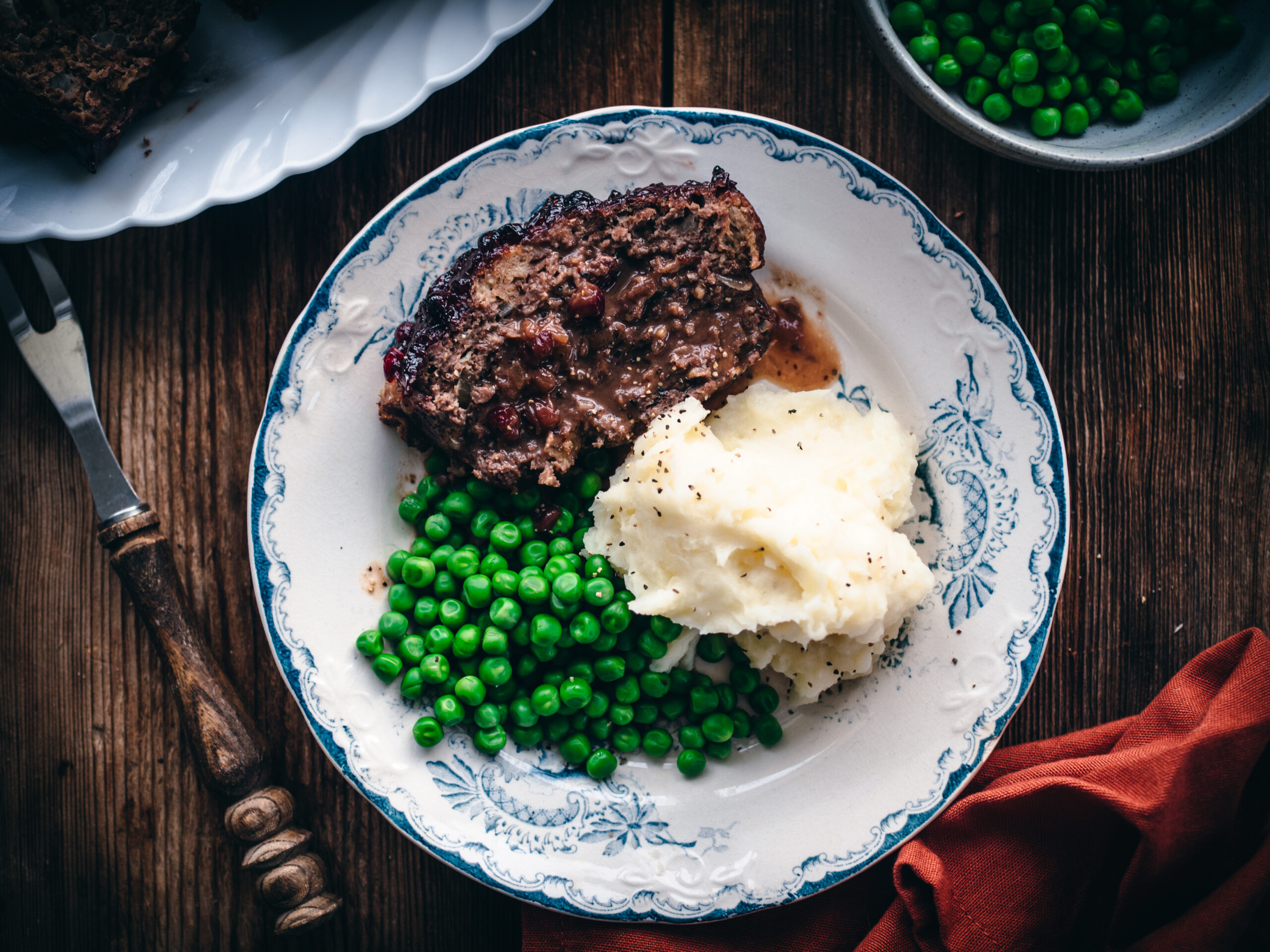
This looks absolutely yummy! Fantastic photos!
[…] own, in a cone or better yet, topped on fresh, Norwegian waffles. You can refer to my recipe for aniseed waffles, which pair well with the strawberry and lemon flavors. Waffles and ice cream – a delightful […]
[…] evolve into the waffle. For a closer look at some of the history behind the waffle, you can read my Waffles with Aniseed recipe I posted last […]